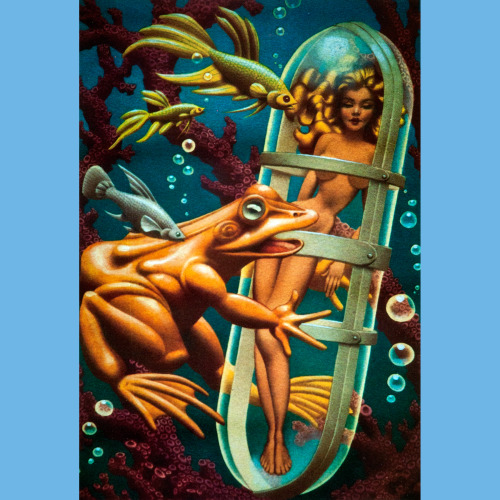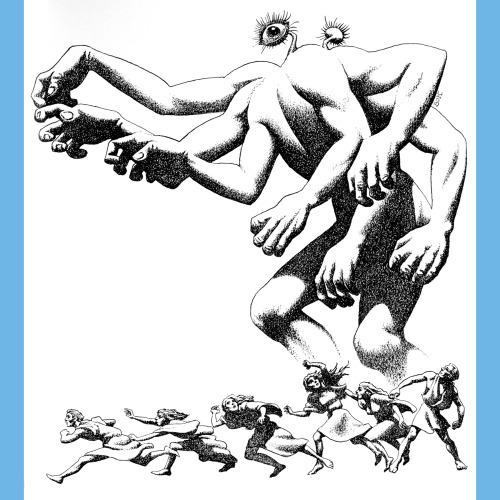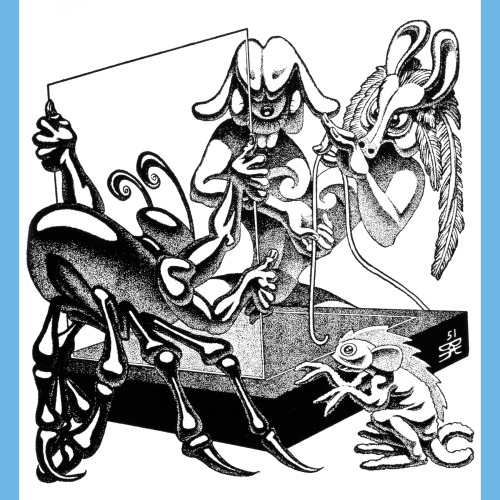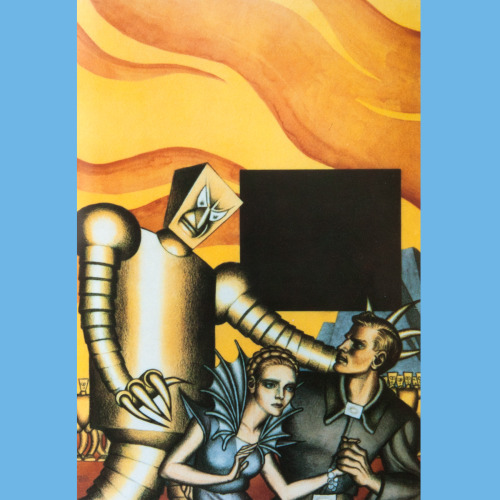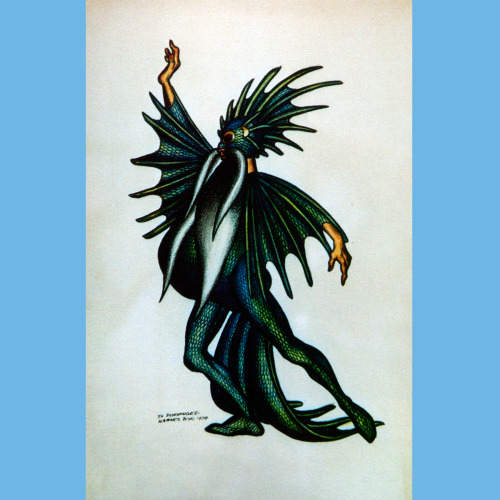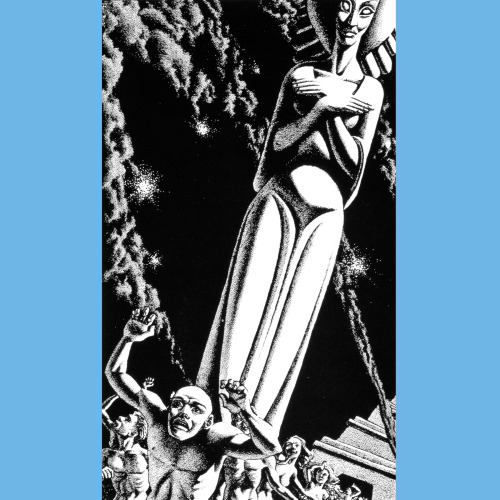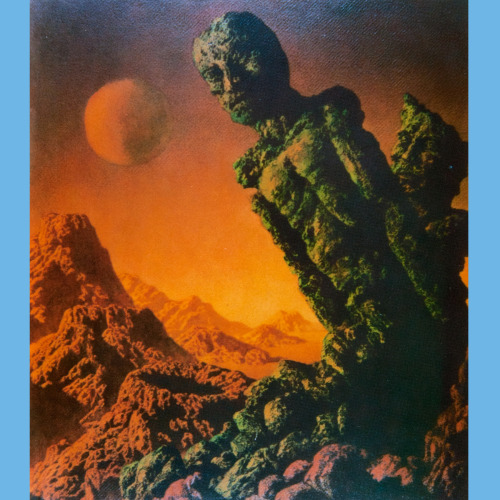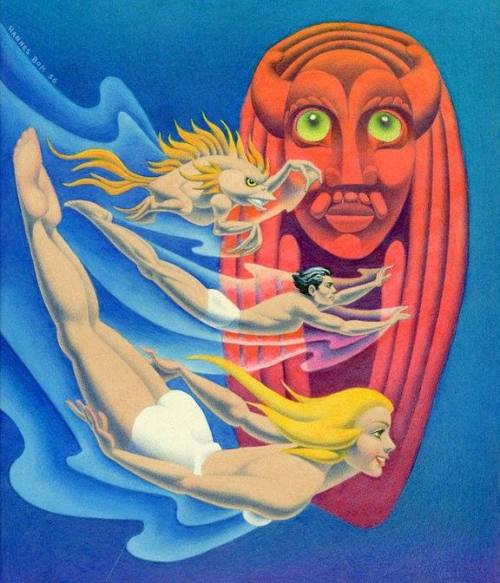#hannes bok
Hannes Bok is another tremendous fantasy illustrator, primarily from the pulp era, who is largely overlooked by modern audiences. Moreso than Virgil Finlay, even. He’s primarily remembered for his gorgeously strange cover illustration of John W. Campbell’s collection Who Goes There? (depicting the shape-changing Thing). He was also a writer — his books published under the Ballantine Adult Fantasy imprint are fairly well known.
This is A Hannes Bok Treasury (1993). As art collections go, it isn’t the greatest, but it is really the only one of Bok’s work I have ever seen. It lacks a lot of his notable work (the most famous image here is the lion-like ghoul illustration for Lovecraft’s “Pickman’s Model”). I usually talk about how the color reproduction in these Underwood/Miller collections is sub-par, and that might be true, but having had the pleasure now of seeing some of Bok’s paintings in person, I can say there is a hard to read quality to them, a murky, slightly out of focus quality. It is strange. It might be his varnish oxidizing.
Bok feels a bit outside the norm for fantasy art. Finlay I would characterize as having a conservative atomic age quality, firmly pulp. Bok often harkens to the fine art of the day, particularly Surrealism, but also other movements like Abstract Expressionism. There is often a sculptural, geometric quality to his figures and landscapes. I would also hazard a guess that dance and other performing arts were a big influence. His figures almost always appear to be in motion, flinging themselves around, often in crowds, reminiscent of a corps of dancers on stage. His palettes are unusual and many of his paintings embrace odd textures. His oils are often cracked, though I have no idea if this was by design or accident.
My favorite stuff, I think, are his landscapes. They’re sort of effortlessly alien. You get the sense you’re looking through a window at a place where the air is genuinely different.
Post link



